SIT202 Computer Networks Trimester 2, 2019 Problem Solving Report 1
VerifiedAdded on 2022/09/15
|7
|725
|16
Report
AI Summary
This report addresses key concepts in computer networks, beginning with an analysis of classful IP addressing and subnetting, calculating network and host addresses for a given IP address and prefix. It then delves into distance vector routing, illustrating the process with a network topology and examining how changes in link costs affect the routing tables and overall network performance, including the impact of link failures. The report further investigates transport layer protocols, including TCP and UDP, exploring their differences and the role of port numbers and sequence/acknowledgment numbers in reliable data transfer. Finally, the report analyzes the structure of TCP headers, including the function of various fields like destination port number and sequence numbers. The report includes a bibliography of relevant sources.
1 out of 7
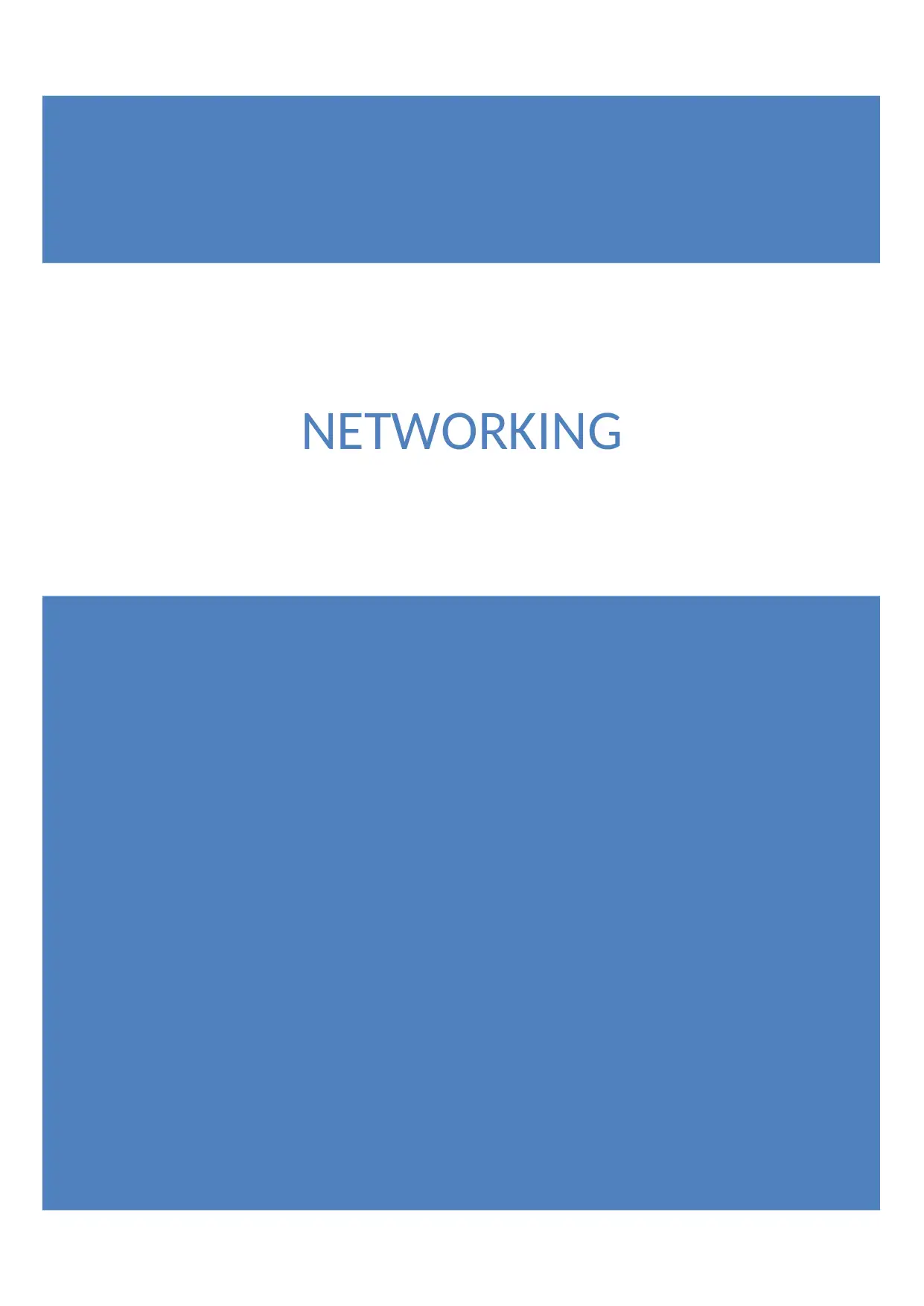
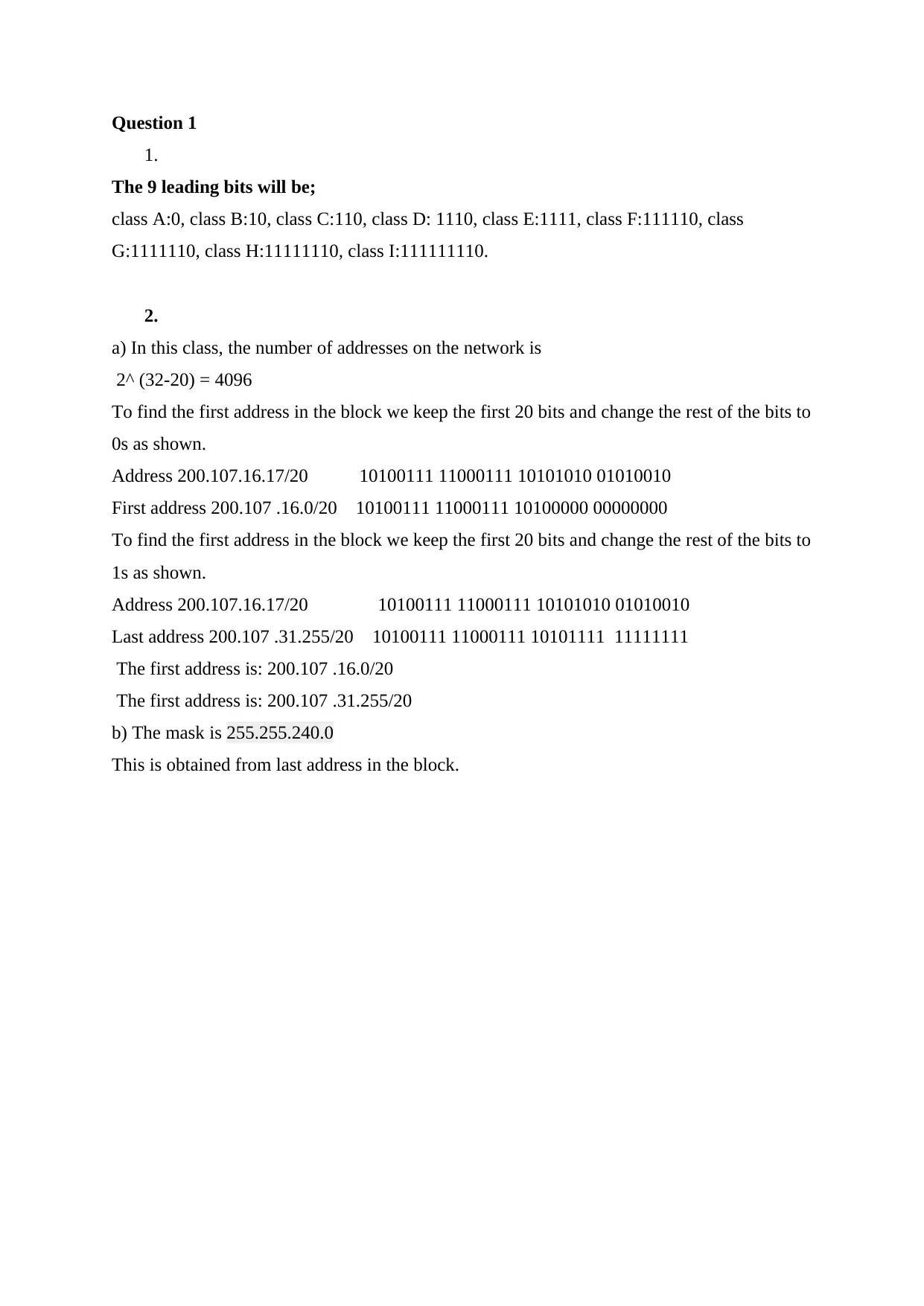
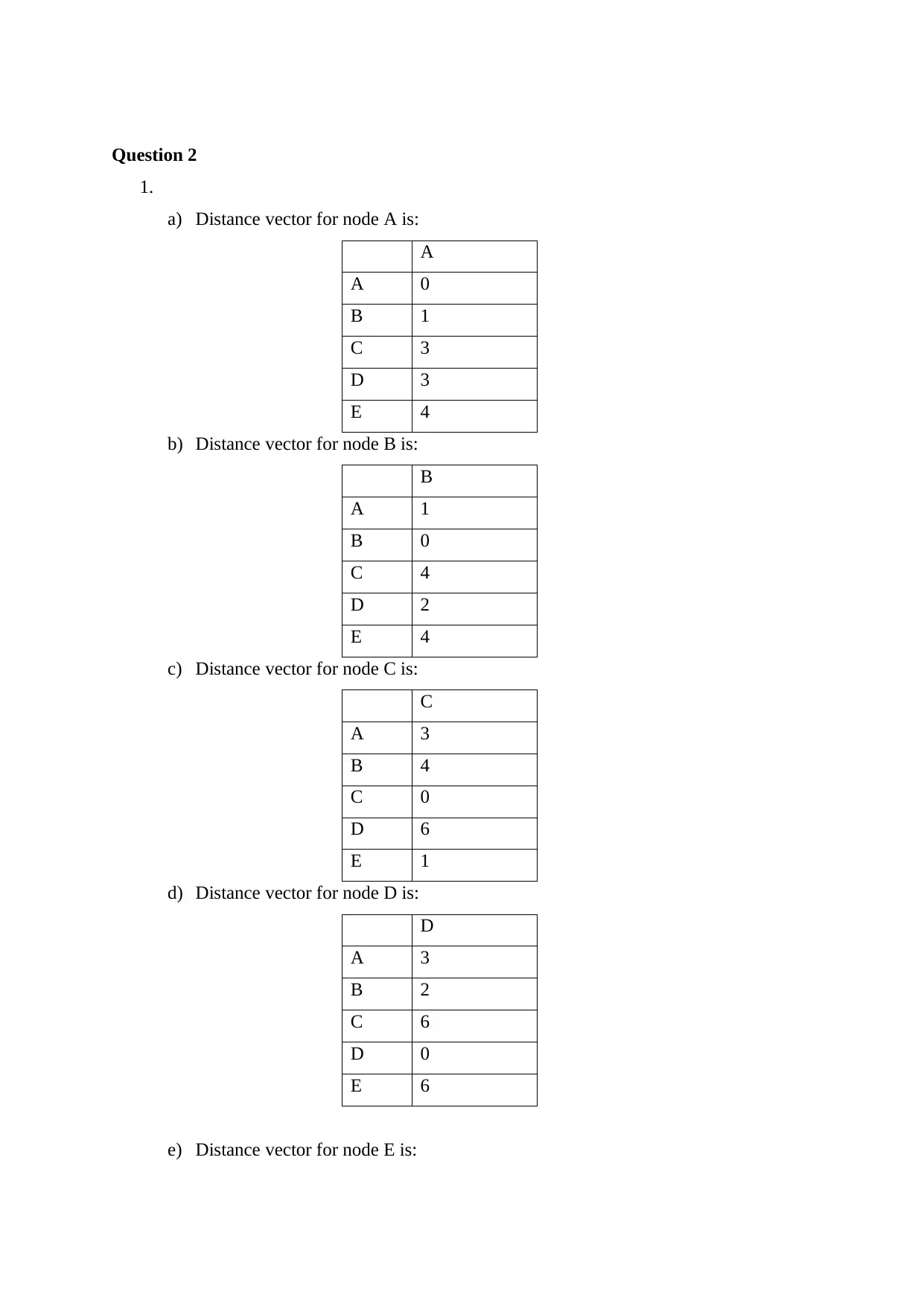

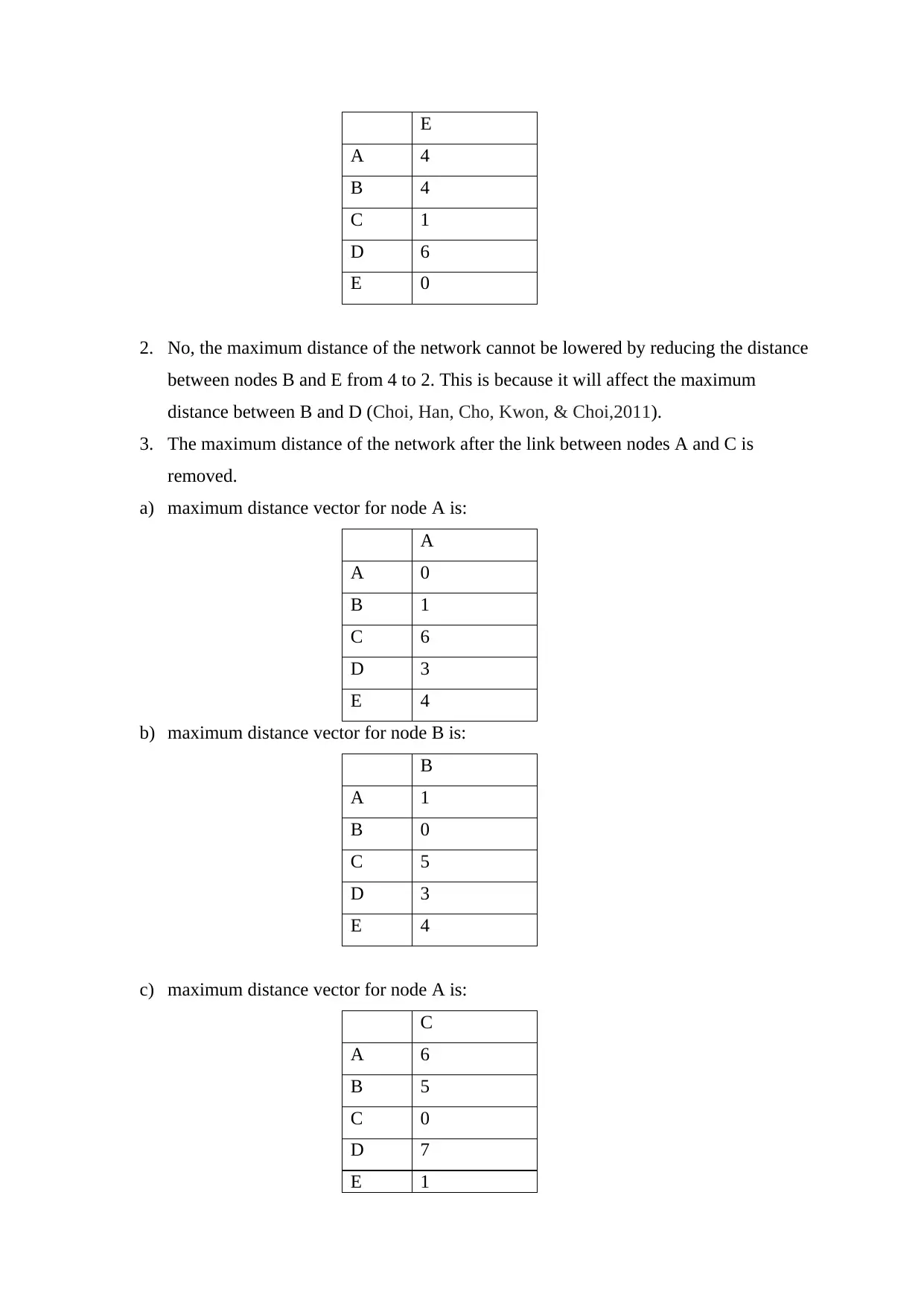
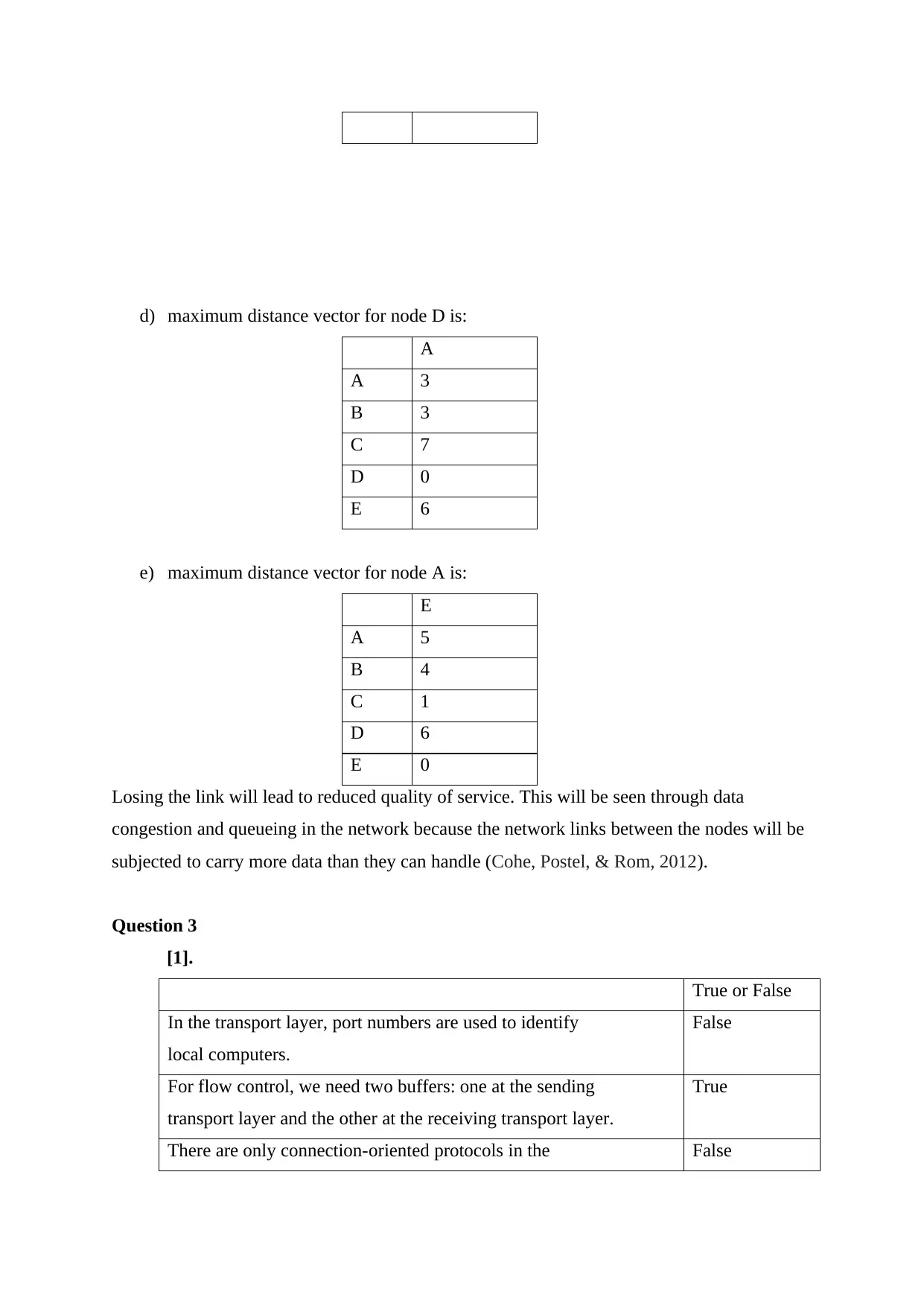
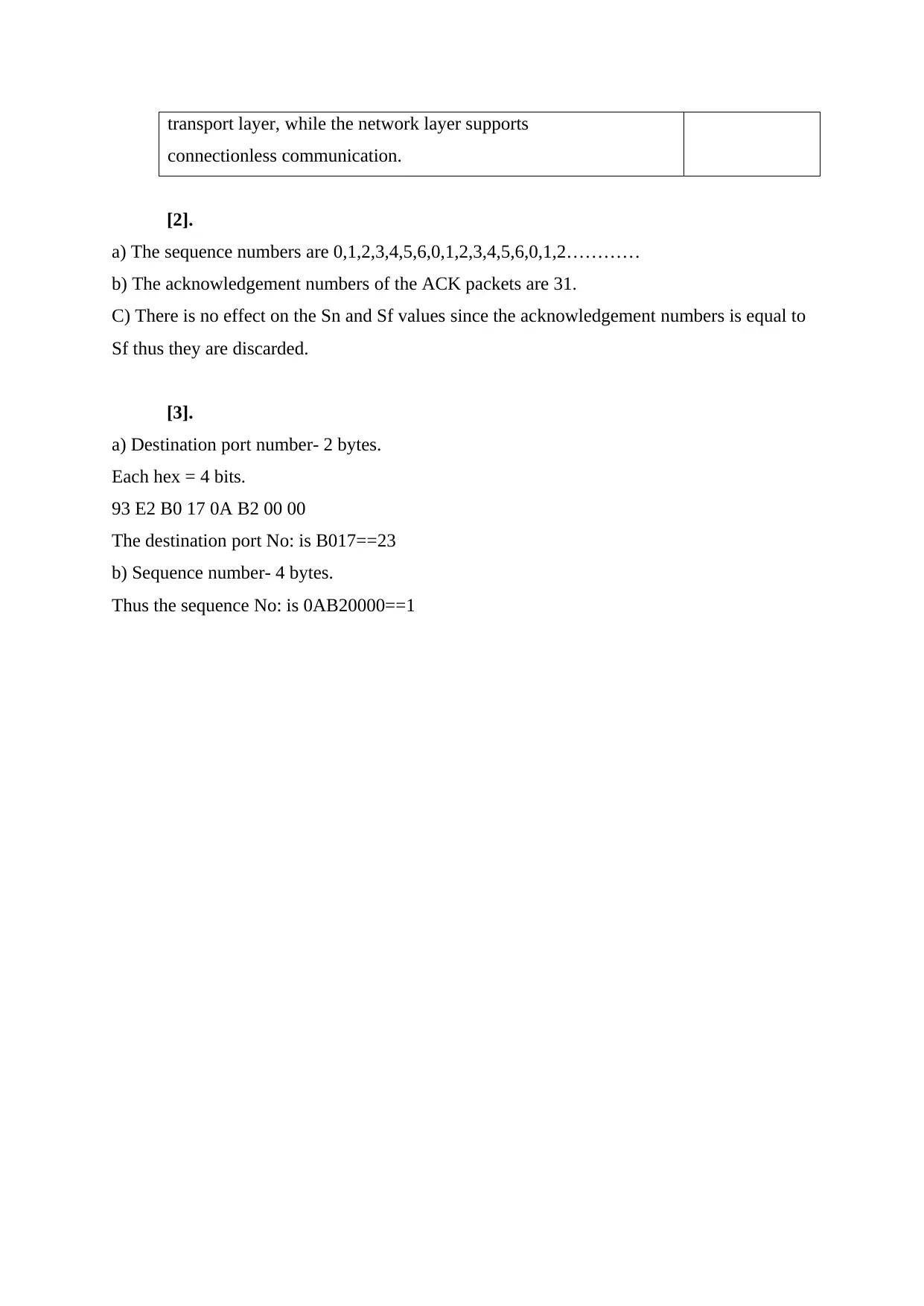
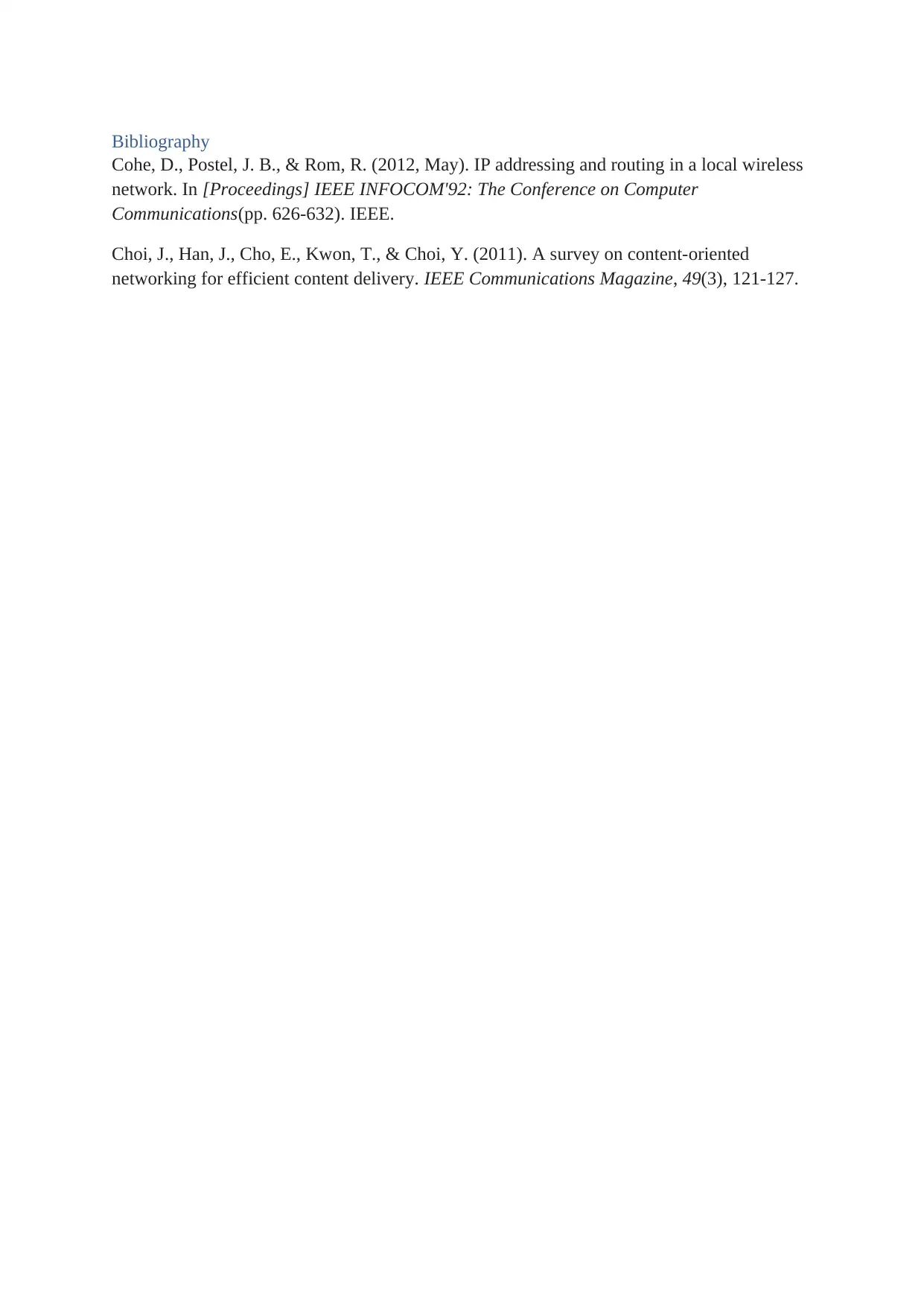





![[object Object]](/_next/static/media/star-bottom.7253800d.svg)